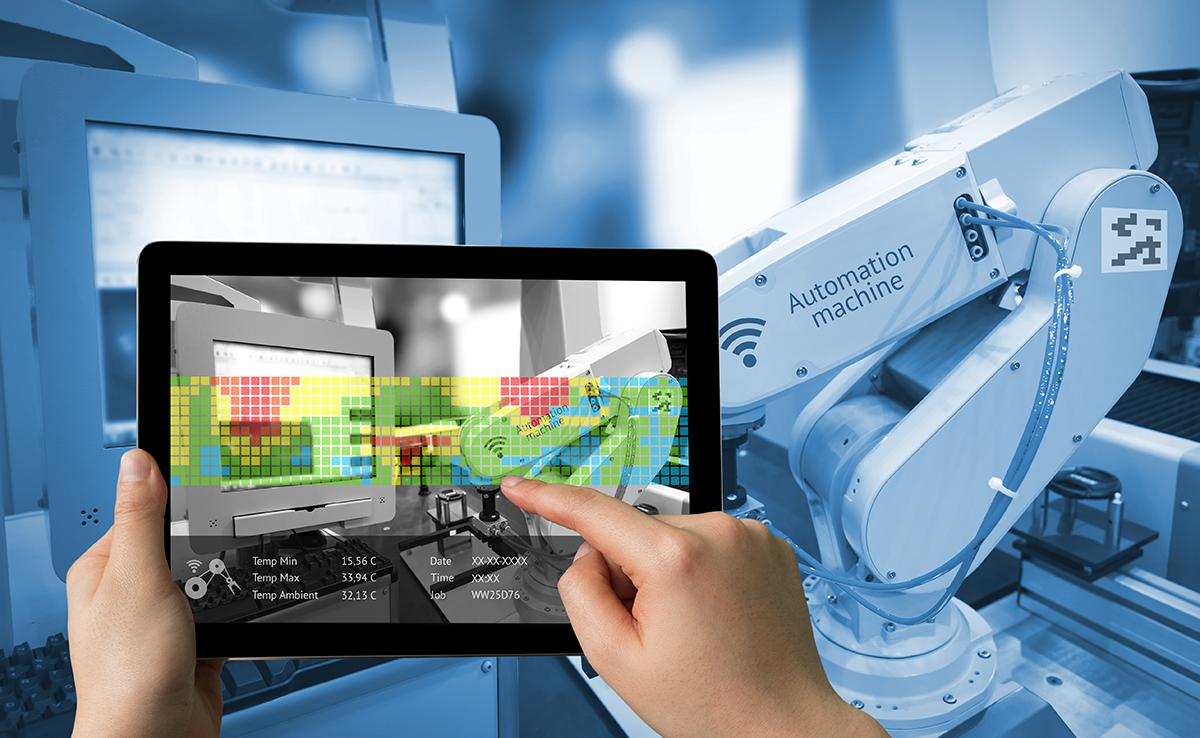
© Shutterstock
In manufacturing, time and precision are of the utmost importance. A small malfunction in automated processes can lead to delays which then translate into huge costs. While automation continues to make leaps and bounds in terms of what it can deliver, it is not the ultimate solution. Things can, and do, go wrong.
Manufacturers can innovate, make gains, improve processes and maximise their human and automated workers through the use of Virtual Reality (VR) opportunities and Artificial Intelligence (AI).
Automation's limits and solutions
Any modern manufacturing floor will show the hugely important role played by automated processes. From building cars to making computer chips, automation offers levels of speed and precision unrivalled by human hands. However, automation is just that - a set of instructions to be repeated, always in the same way. An automated process cannot make decisions independently or think creatively around a problem. This rigidity can lead to breakdowns and limitations.
This is where AI is making its mark in the manufacturing sector thanks, in part, to pioneering SMEs who are developing affordable AI-driven solutions to key challenges.
The applications and advancements in AI are being rapidly adopted in manufacturing industries around the world, as implementation costs decline and the technology advances.
Many benefits are being realised: for example, AI facilitates the pre-diagnosis of inventory needs. It makes it easy to deploy flexible algorithms which take a body of data and find meaningful patterns. This means giving automated robots and processes the freedom to diagnose issues and suggest remedies. This could be applied to staff working patterns, inventory and to the manufacturing processes themselves.
Working smarter
At the same time, AI doesn’t mean a mass scale replacement of human participation in manufacturing. Indeed, AI and VR can have huge benefits for designers, engineers and line workers, allowing them to do things that were not possible in the very recent past.
VR also can offer a safe space for any number of activities in the manufacturing environment - from training through project development, to the building of prototypes in an entirely virtual environment. The ability to construct, deconstruct and examine from every angle a new model of car, for example, is a huge boon to creativity and cost savings. Designers and engineers can now see their creations before they exist, tweaking and changing as they need to, without costly mock-ups. By the same token, workers can receive training in any number of scenarios without any threat of physical danger.
Clicks and Links, which specialises in immersive technology has developed a toolkit for Network Rail which pulls together a number of these benefits. It creates a virtual reality toolkit that allows engineers to visit a virtual version of the building site being worked on. This allows engineers to visit whenever they want, from wherever they want. They can choose to visit the site together, at the same time with colleagues anywhere in the world or by themselves, leaving comments for others to review.
In the same vein, Augmented Reality (AR) can aid workers in locating inventory quickly and efficiently in a warehouse environment, massively boosting productivity.
The marriage of AI-enhanced manufacturing processes and VR-aided design can therefore lead to streamlined working environments and potentially huge efficiencies.
Is your manufacturing business making use of these advances? Register now for the Digital Transformation Event at the International Festival for Business in Liverpool on 27 June 2018 and meet the above companies and more. Don’t miss out – registrations close 10 June.






